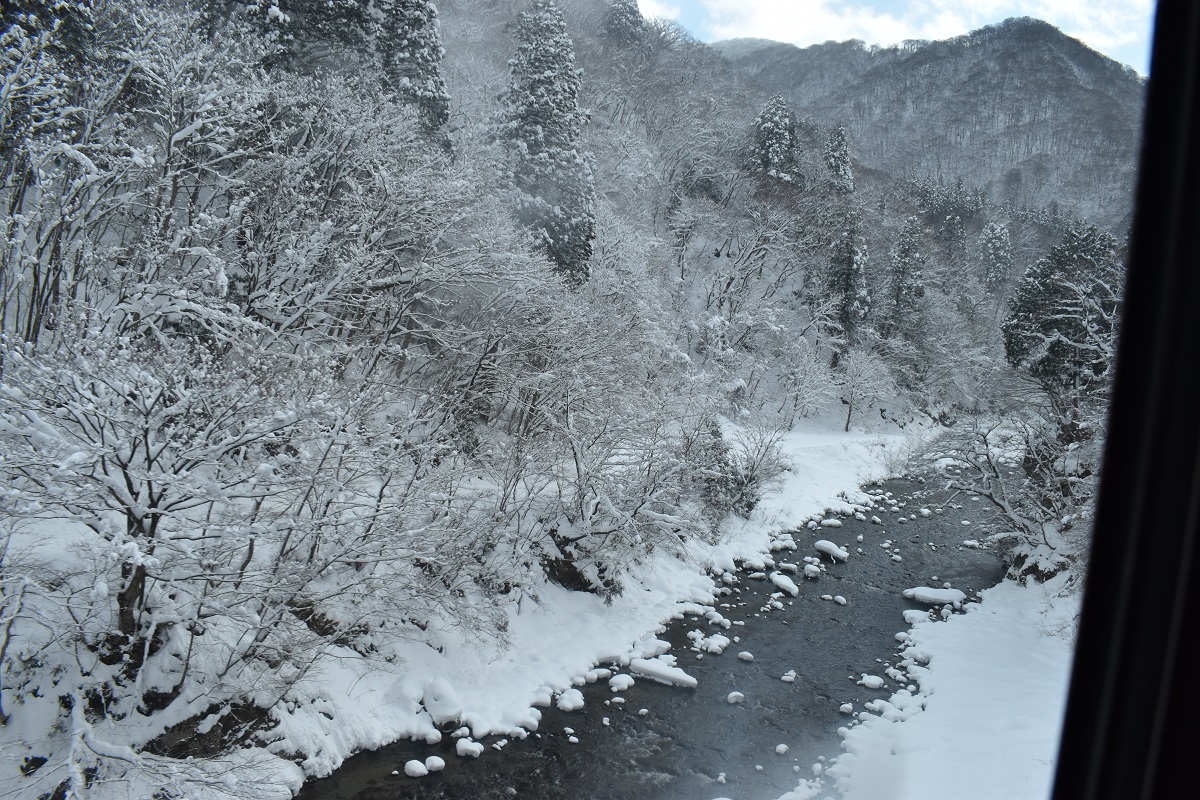Kirishima Shrine was originally enshrined just below the top of Mount Takachiho, but it was burned down in an eruption and moved to the middle of the mountain. It was then burned down again in another eruption, and after learning its lesson, it was moved to its current location, much further down the mountain.
You can drive up to Takachiho Kawara (Kawara is “Riverbank” in English but actually the meaning is a landscape with stones scattered all over the place, like those found on a riverbank. ), the shrine’s second moving location. There’s a short walk through shrubs covered with volcanic debris, but the altar stands alone in the desolate plain, completely silent, and is more charming than the current divine temple. The only regret is that parking fees are charged even though it’s a desolate, empty place. Since there aren’t many tourists or tour buses, it would be better if it was free.

The Kirishima mountain range continues to erupt, with Mt. Shinmoedake erupting recently and covering half of the mountain with black volcanic debris. Right next to the Ebino Highland Rest House where we took a break on the way, Mt. Iou was constantly spewing smoke, giving the impression of an active volcano.
For this reason, it is claimed that this is the right place where the heavenly grandson descended to earth. But on the other hand, it is claimed that a valley called Takachiho Gorge is the right place. So it would be great if the two sides could debate it thoroughly and come to a conclusion. Either way, it’s a world of mythology, so either way, it’s not the correct answer.
The current Kirishima Shrine is built on a slope, so when viewed from the front it looks like a beautifully tiered platform decorated on Girls’ festival. Part of the shrine is a national treasure, and even though it cannot be seen from the outside, amulets commemorating the national treasure are sold there. Occasionally it seems that you can visit the inner sanctuary during special viewing days. But the admission fee is twice the price of the amulet.
Detour
“Aso” is unmistakably a caldera because of its perfect shape, and when you look around various regions in Kyushu, you can find traces of caldera everywhere because they are all surrounded by outer rim mountains. One of them is the “Kakuto Caldera,” and when you climb up the Kirishima mountain range, you pass an observation deck (Shiratori) from which you can see how huge it is, which is comparable to Aso Caldera.
Previously, it was thought that whole of Kagoshima Bay was a caldera, and that Sakurajima was a volcano that formed in the center of the caldera, just like Aso. However, it seems that the entire Kagoshima Bay is not a single caldera, but that the Aira Caldera formed in the northern half of the bay, farther north than Sakurajima, and then Sakurajima formed on the edge of the caldera’s outer rim. It’s interesting to search for calderas in Kyushu.



















































































































































